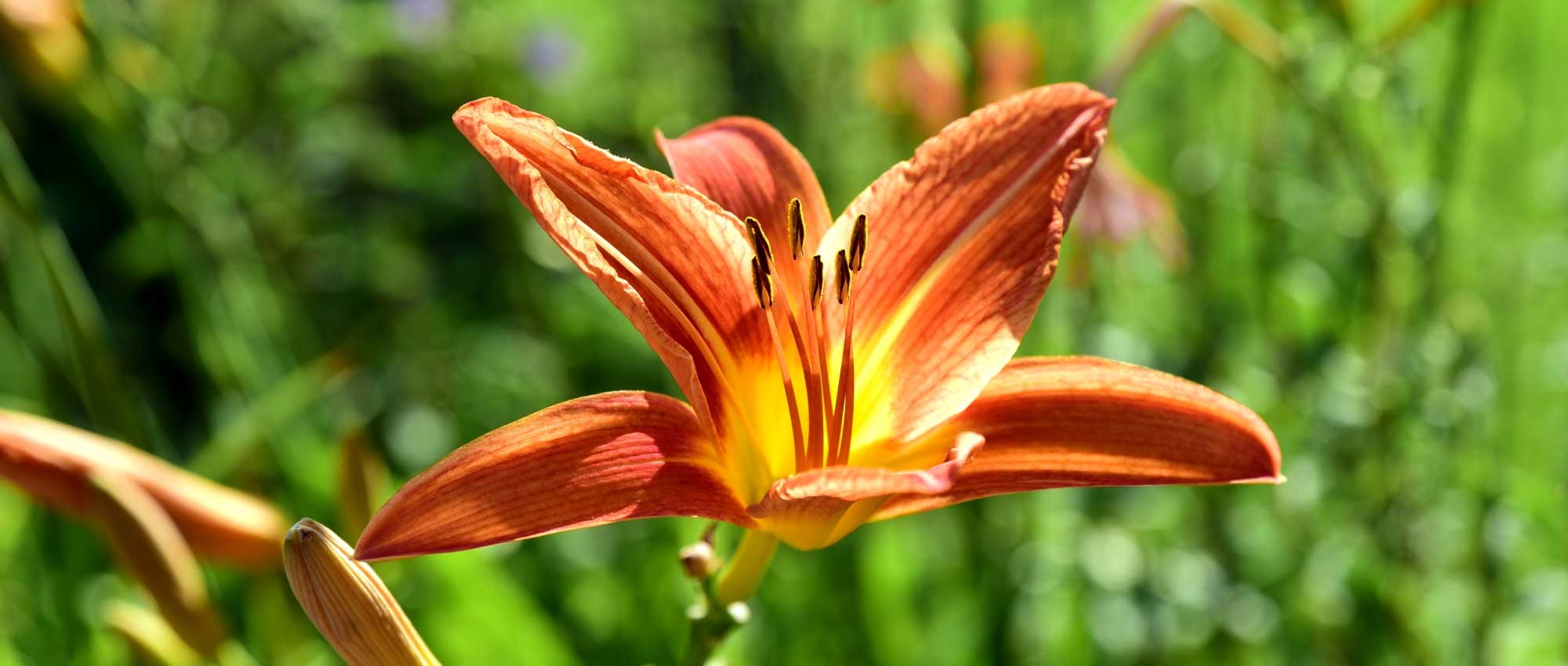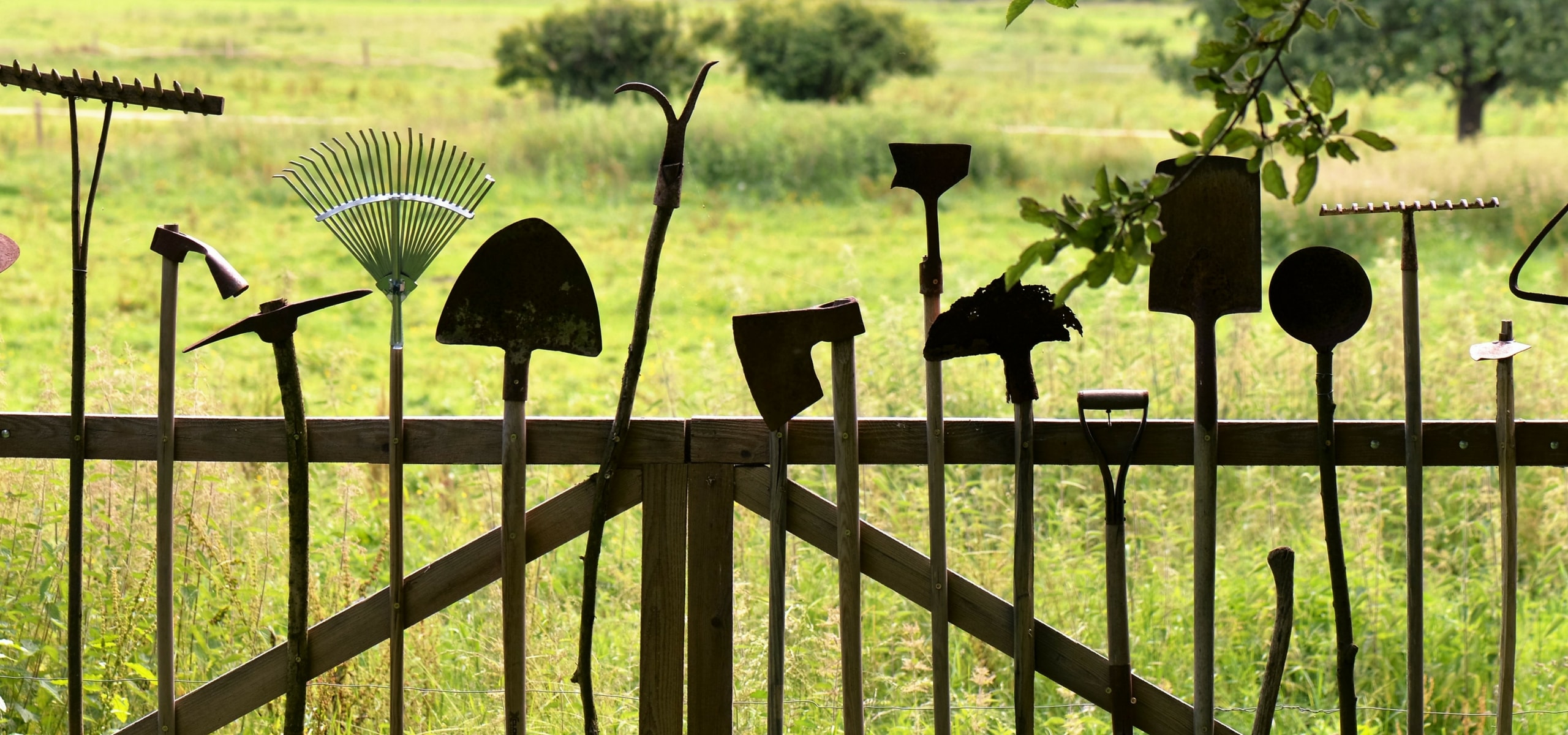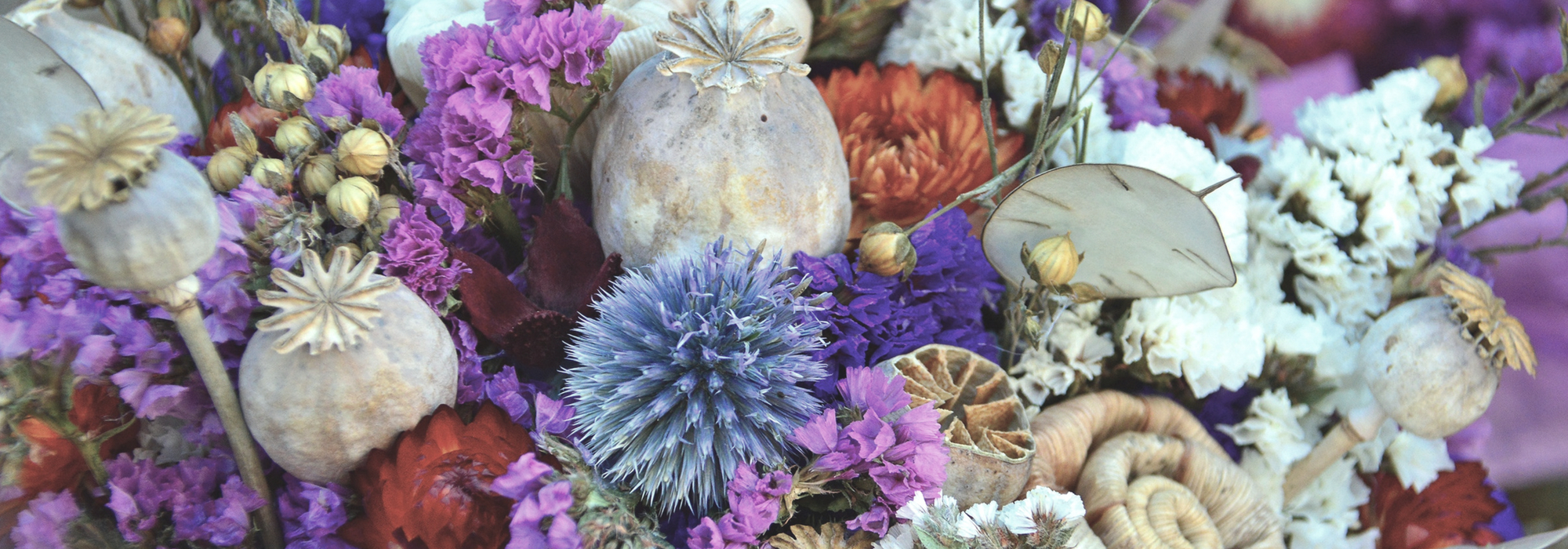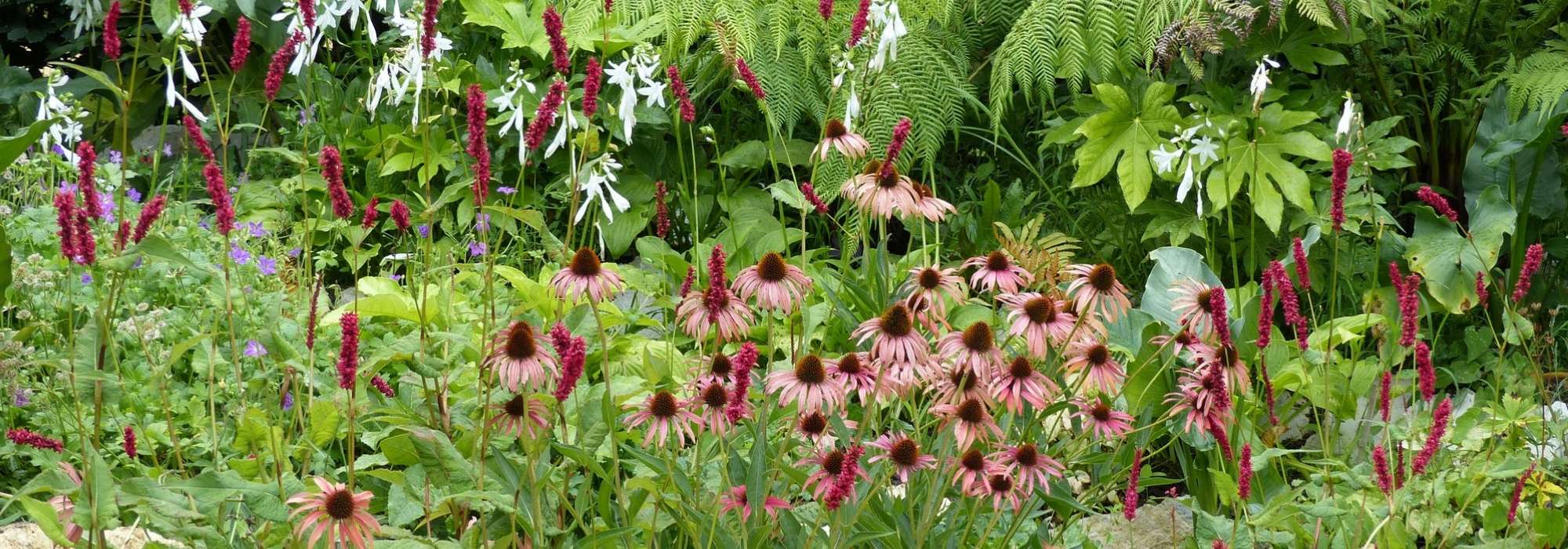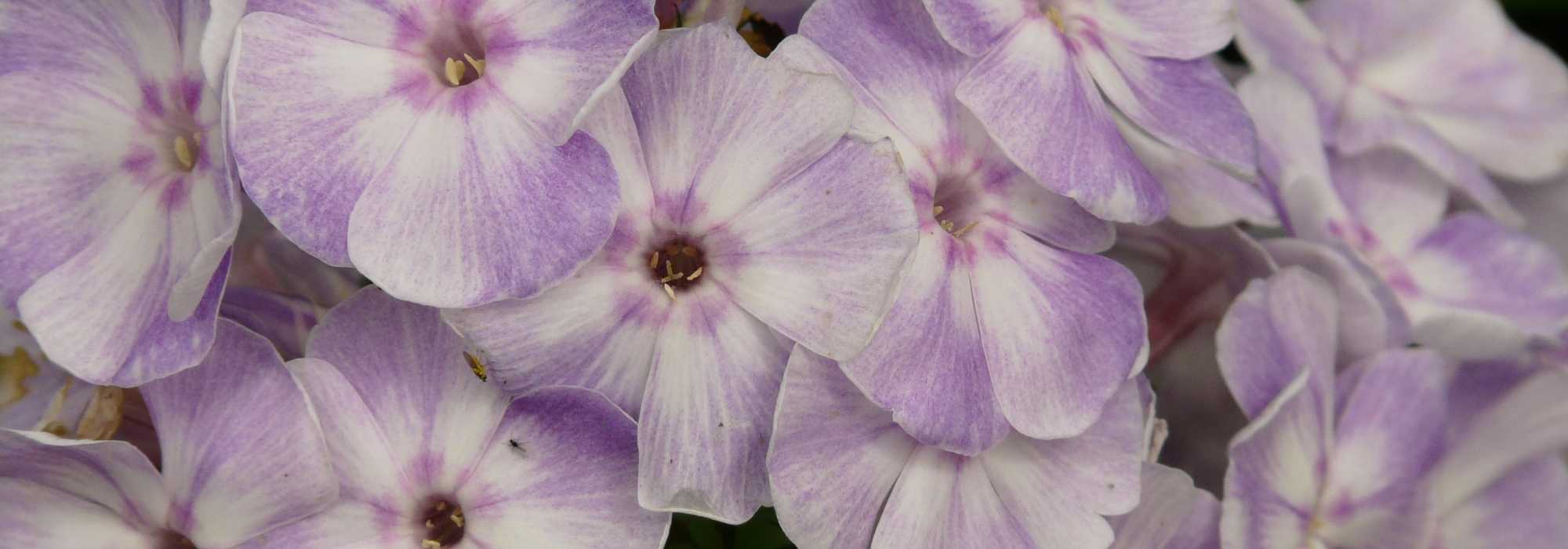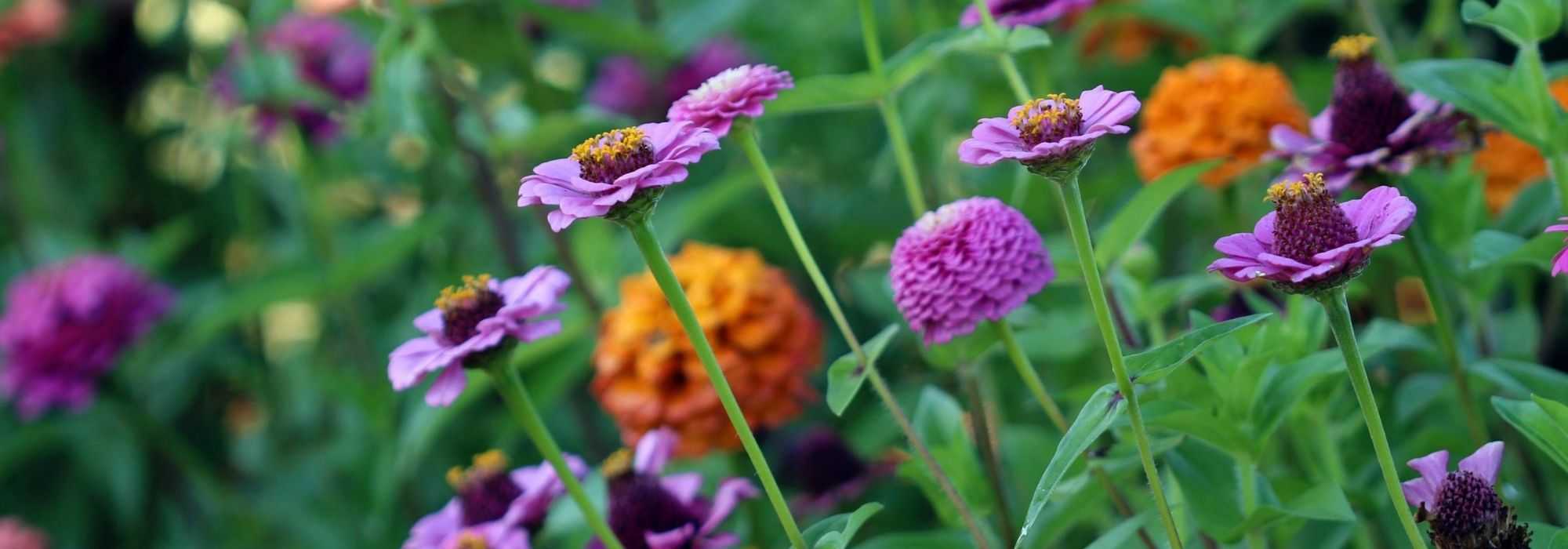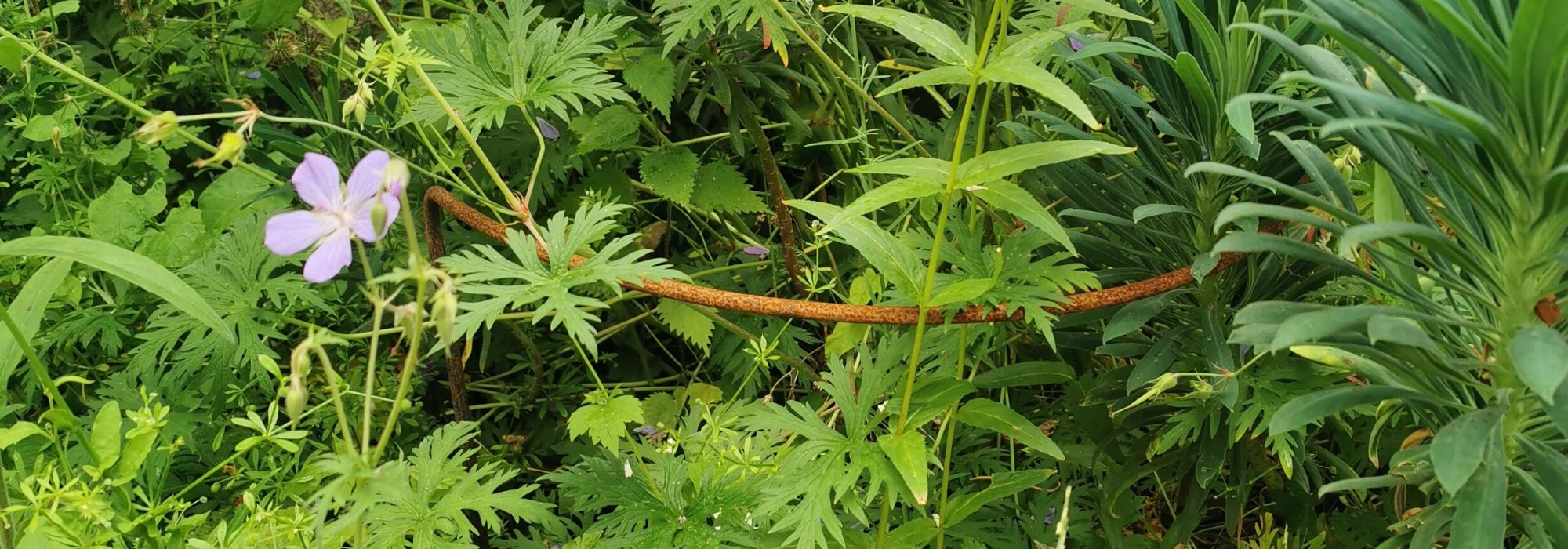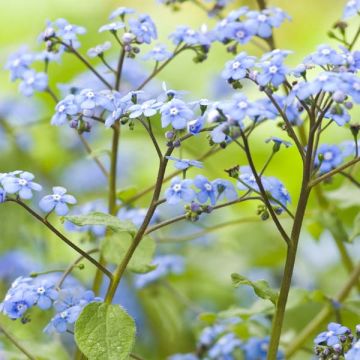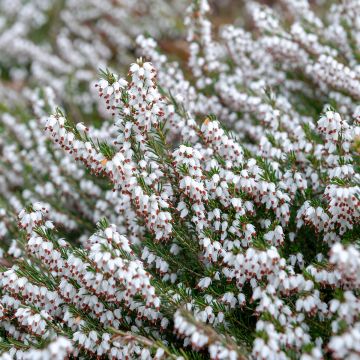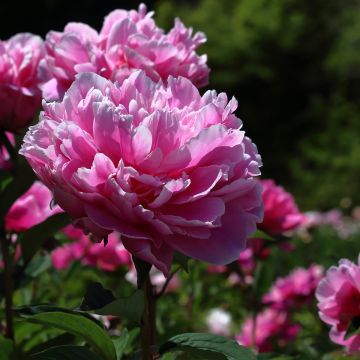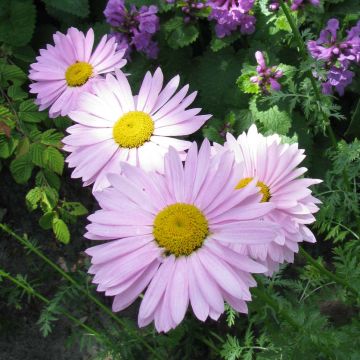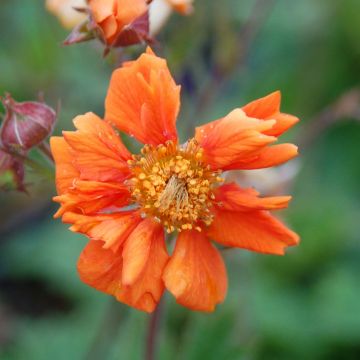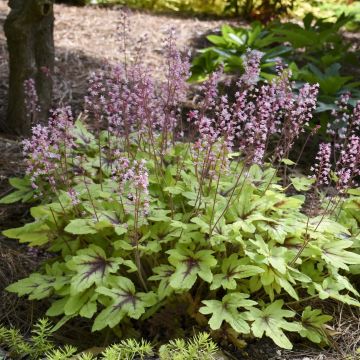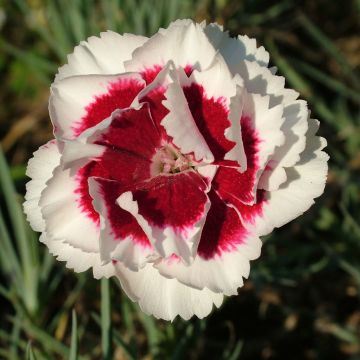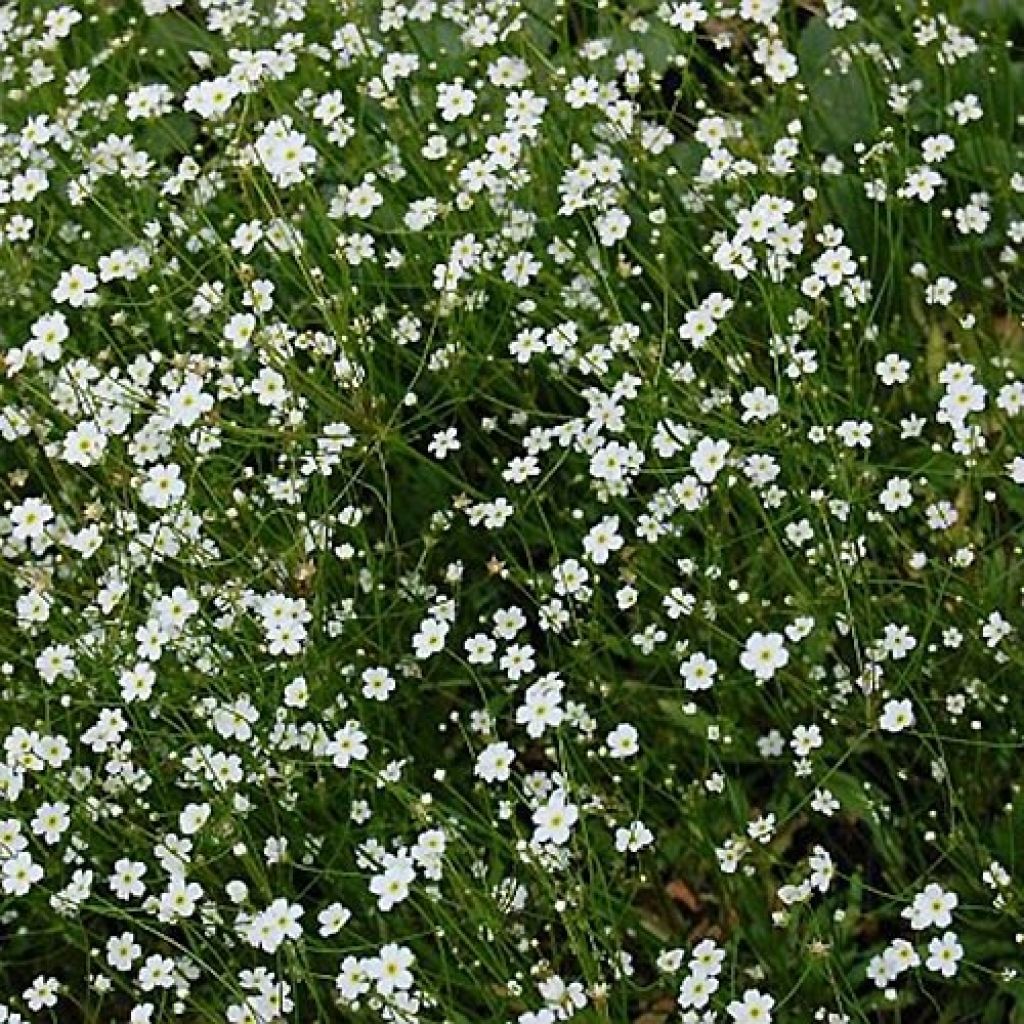

Androsace septentrionalis Star Dust
Androsace septentrionalis Star Dust
Androsace septentrionalis Star Dust
Sempervivum-leaved Rock jasmine
Special offer!
Receive a €20 voucher for any order over €90 (excluding delivery costs, credit notes, and plastic-free options)!
1- Add your favorite plants to your cart.
2- Once you have reached €90, confirm your order (you can even choose the delivery date!).
3- As soon as your order is shipped, you will receive an email containing your voucher code, valid for 3 months (90 days).
Your voucher is unique and can only be used once, for any order with a minimum value of €20, excluding delivery costs.
Can be combined with other current offers, non-divisible and non-refundable.
Home or relay delivery (depending on size and destination)
Schedule delivery date,
and select date in basket
This plant carries a 12 months recovery warranty
More information
We guarantee the quality of our plants for a full growing cycle, and will replace at our expense any plant that fails to recover under normal climatic and planting conditions.
Does this plant fit my garden?
Set up your Plantfit profile →
Description
Androsace septentrionalis 'Star Dust' is a small perennial alpine plant, has constellations of small white flowers in umbels, carried on slender erect stems, from May to June. Its basal rosette foliage is lanceolate and dentate. This charming alpine perennial has the ability to cover stones and occupy the smallest fissures filled with neglected soil, but it is delicate to cultivate. It works wonders in alpine rockeries, in dry stone walls, in a well-drained soil that does not dry out too much. If the conditions are to its liking, it readily self-seeds.
Androsace septentrionalis, also known as Sempervivum-leaved rock jasmine, belongs to the family Primulaceae, and is related to primroses. It is native to the Alps, where it is found between 1000 and 2000 m (3281 and 6562ft) altitude, on grassy slopes, scree and rocks. This perennial plant is evergreen, persisting throughout the year, even in winter.
'Star Dust' is a lovely variety that forms a small erect tuft, not exceeding 25 cm (10in) in height and 20 cm (8in) in width. The leaves, lanceolate and dentate, are single and gathered in basal rosettes. They are dark green and covered with a fine whitish down. The small flowers bloom in May-June, gathered in small umbels and carried above the foliage by hairy green stems. Each flower has 5 well-spread white petals around a yellow centre that slowly turns red.
Fairly easy to grow in alpine climates, this Androsace requires a rocky or gravelly soil, which is just moist to occasionally dry. It does not tolerate hot climates, heavy soils, or arid conditions. It finds its place in raised beds, rockeries, on a wall, or on a gravel slope. It can be associated with small plants similar to itself, which will not suffocate it: choose, for example, saxifrages, gentians, or even Edelweiss, which appreciate the same environments. This plant will delight an alpine plant enthusiast.
Report an error about the product description
Androsace septentrionalis Star Dust in pictures
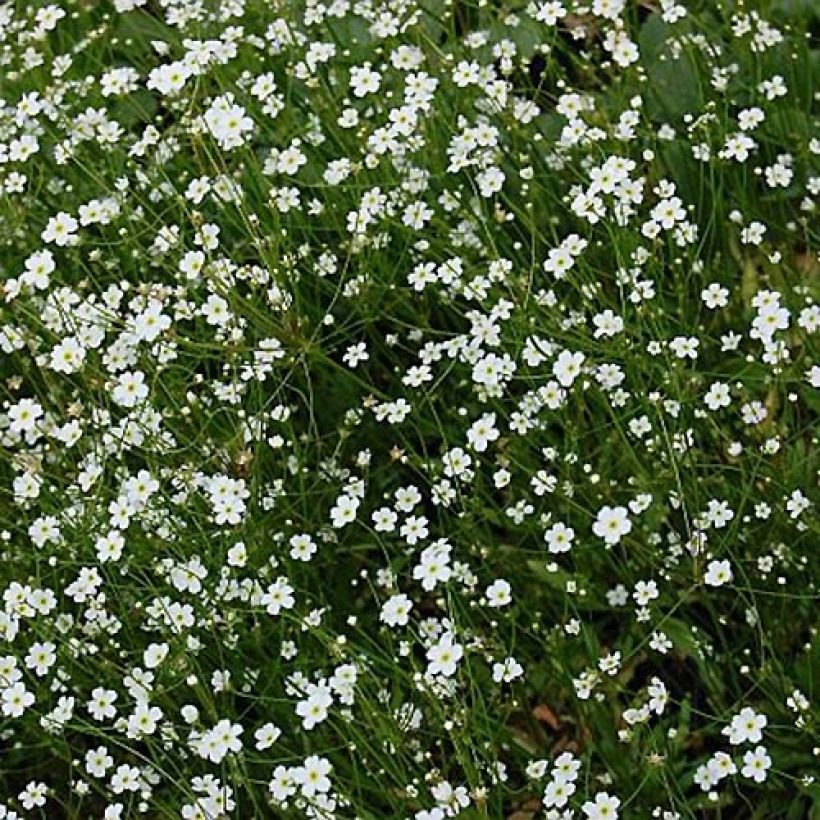

Flowering
Foliage
Plant habit
Botanical data
Androsace
septentrionalis
Star Dust
Primulaceae
Sempervivum-leaved Rock jasmine
Alps
Planting and care
Androsace septentrionalis 'Star Dust' is a single and undemanding alpine plant that has excellent hardiness, but doesn't like heat, overly dry and arid conditions, or excessively moist soil. It requires contrasting climates, cold in winter and warmer in summer without being dry. It grows in full sun or partial shade, in well-drained soil that is slightly moist, and preferably limestone and rocky. A pocket of potting compost mixed with sand or gravel, created between large stones, will suit it in a climate that is not too hot or too dry. It dislikes excessively moist soil in both winter and summer and appreciates cold and dry winters.
Planting period
Intended location
Care
Planting & care advice
This item has not been reviewed yet - be the first to leave a review about it.
Similar products
Haven't found what you were looking for?
Hardiness is the lowest winter temperature a plant can endure without suffering serious damage or even dying. However, hardiness is affected by location (a sheltered area, such as a patio), protection (winter cover) and soil type (hardiness is improved by well-drained soil).

Photo Sharing Terms & Conditions
In order to encourage gardeners to interact and share their experiences, Promesse de fleurs offers various media enabling content to be uploaded onto its Site - in particular via the ‘Photo sharing’ module.
The User agrees to refrain from:
- Posting any content that is illegal, prejudicial, insulting, racist, inciteful to hatred, revisionist, contrary to public decency, that infringes on privacy or on the privacy rights of third parties, in particular the publicity rights of persons and goods, intellectual property rights, or the right to privacy.
- Submitting content on behalf of a third party;
- Impersonate the identity of a third party and/or publish any personal information about a third party;
In general, the User undertakes to refrain from any unethical behaviour.
All Content (in particular text, comments, files, images, photos, videos, creative works, etc.), which may be subject to property or intellectual property rights, image or other private rights, shall remain the property of the User, subject to the limited rights granted by the terms of the licence granted by Promesse de fleurs as stated below. Users are at liberty to publish or not to publish such Content on the Site, notably via the ‘Photo Sharing’ facility, and accept that this Content shall be made public and freely accessible, notably on the Internet.
Users further acknowledge, undertake to have ,and guarantee that they hold all necessary rights and permissions to publish such material on the Site, in particular with regard to the legislation in force pertaining to any privacy, property, intellectual property, image, or contractual rights, or rights of any other nature. By publishing such Content on the Site, Users acknowledge accepting full liability as publishers of the Content within the meaning of the law, and grant Promesse de fleurs, free of charge, an inclusive, worldwide licence for the said Content for the entire duration of its publication, including all reproduction, representation, up/downloading, displaying, performing, transmission, and storage rights.
Users also grant permission for their name to be linked to the Content and accept that this link may not always be made available.
By engaging in posting material, Users consent to their Content becoming automatically accessible on the Internet, in particular on other sites and/or blogs and/or web pages of the Promesse de fleurs site, including in particular social pages and the Promesse de fleurs catalogue.
Users may secure the removal of entrusted content free of charge by issuing a simple request via our contact form.
The flowering period indicated on our website applies to countries and regions located in USDA zone 8 (France, the United Kingdom, Ireland, the Netherlands, etc.)
It will vary according to where you live:
- In zones 9 to 10 (Italy, Spain, Greece, etc.), flowering will occur about 2 to 4 weeks earlier.
- In zones 6 to 7 (Germany, Poland, Slovenia, and lower mountainous regions), flowering will be delayed by 2 to 3 weeks.
- In zone 5 (Central Europe, Scandinavia), blooming will be delayed by 3 to 5 weeks.
In temperate climates, pruning of spring-flowering shrubs (forsythia, spireas, etc.) should be done just after flowering.
Pruning of summer-flowering shrubs (Indian Lilac, Perovskia, etc.) can be done in winter or spring.
In cold regions as well as with frost-sensitive plants, avoid pruning too early when severe frosts may still occur.
The planting period indicated on our website applies to countries and regions located in USDA zone 8 (France, United Kingdom, Ireland, Netherlands).
It will vary according to where you live:
- In Mediterranean zones (Marseille, Madrid, Milan, etc.), autumn and winter are the best planting periods.
- In continental zones (Strasbourg, Munich, Vienna, etc.), delay planting by 2 to 3 weeks in spring and bring it forward by 2 to 4 weeks in autumn.
- In mountainous regions (the Alps, Pyrenees, Carpathians, etc.), it is best to plant in late spring (May-June) or late summer (August-September).
The harvesting period indicated on our website applies to countries and regions in USDA zone 8 (France, England, Ireland, the Netherlands).
In colder areas (Scandinavia, Poland, Austria...) fruit and vegetable harvests are likely to be delayed by 3-4 weeks.
In warmer areas (Italy, Spain, Greece, etc.), harvesting will probably take place earlier, depending on weather conditions.
The sowing periods indicated on our website apply to countries and regions within USDA Zone 8 (France, UK, Ireland, Netherlands).
In colder areas (Scandinavia, Poland, Austria...), delay any outdoor sowing by 3-4 weeks, or sow under glass.
In warmer climes (Italy, Spain, Greece, etc.), bring outdoor sowing forward by a few weeks.
































